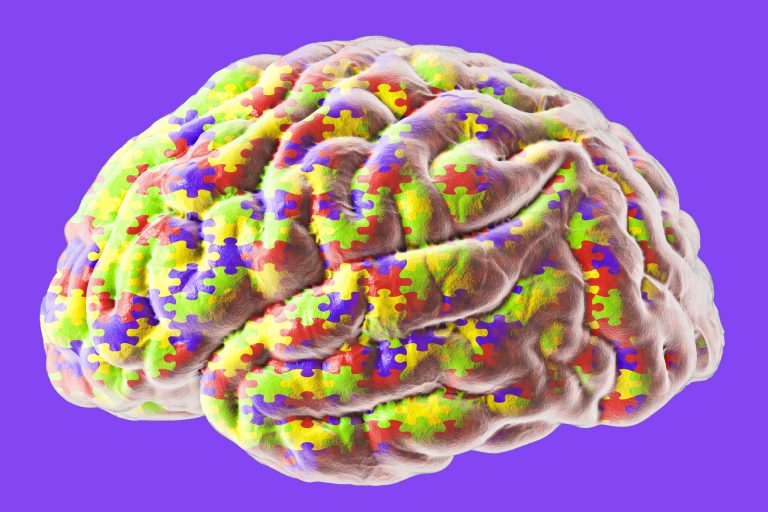
The largest study to date of rare genetic variants has mapped 102 new genes associated with autism. These new findings, from the Autism Sequencing Consortium (ASC), could lead to earlier and more precise diagnosis and better treatment options. The study results are being published in Cell and are now available online.
The ASC isan international group whose members share autism spectrum disorder (ASD) samples and genetic data, which is hosted at Mount Sinai in New York. Other members include the Danish iPSYCH psychiatry project, Broad Institute in Boston, UCSF in San Francisco and Carnegie Mellon University in Pittsburgh as well as other researchers from more than 50 sites. This consortium is thus able to do large cohort-based studies, which is essential in ASD because there is such a large degree of genetic heterogeneity in this condition.
However, genetics is known to play a major role in ASD. For example, if one identical twin is diagnosed with the condition there is an 80% chance that the other twin will also have it. Among fraternal twins, that rate is about 40%.
“Broadly speaking, there are two types of genetic variants which play a role in autism. There are uncommon genetic variants that few people have, although these may have a big effect, and then there are frequent variants which we all carry some of, and which each contribute in a very small way to the risk,” says associate professor Jakob Grove from Aarhus University, who is alsoa member of the iPSYCH research project. iPSYCH is one of the world’s largest studies of the genetic and environmental causes of mental disorders, and includes data on genetic and other risk factors in more than 130,000 Danes.
In this most recent ASC study, the researchers mapped the genes of 35,584 individuals, of whom 11,986 had autism. The researchers then determined how many times each gene is affected by variants with protein disrupting consequences. “If a gene is more often hit by these mutations among people with autism than among people without it, this indicates that the gene is involved in the processes that lead to autism, and is thus designated as a risk gene,” explains Grove. The majority of the identified variants are new mutations that are only found in the person with autism and not in their parents.
Some of the genes identified alter early development broadly, while others appear to be more specific to autism. Most of the genes help determine how neurons communicate with each other or they regulate the expression of other genes.
“This new knowledge could provide a better basis for understanding autism. For example, it may help us to make a diagnosis earlier, which we already know makes life easier for people with autism and their relatives. It’s also conceivable it could contribute to the development of personalized medicine for those who may want this,” says Grove.
However, he also emphasizes that the new findings still only explain relatively few cases of autism as these genetic variants are so rare. “For this reason, iPSYCH continues to study both rare and more frequent genetic variants,” he says.
Common polymorphisms in ASD have likely been hard to find because the relative risk conferred by these loci is small and most cohort sizes are not large enough to detect them. In contrast, studies of rare and de novo mutations have been much more productive.












